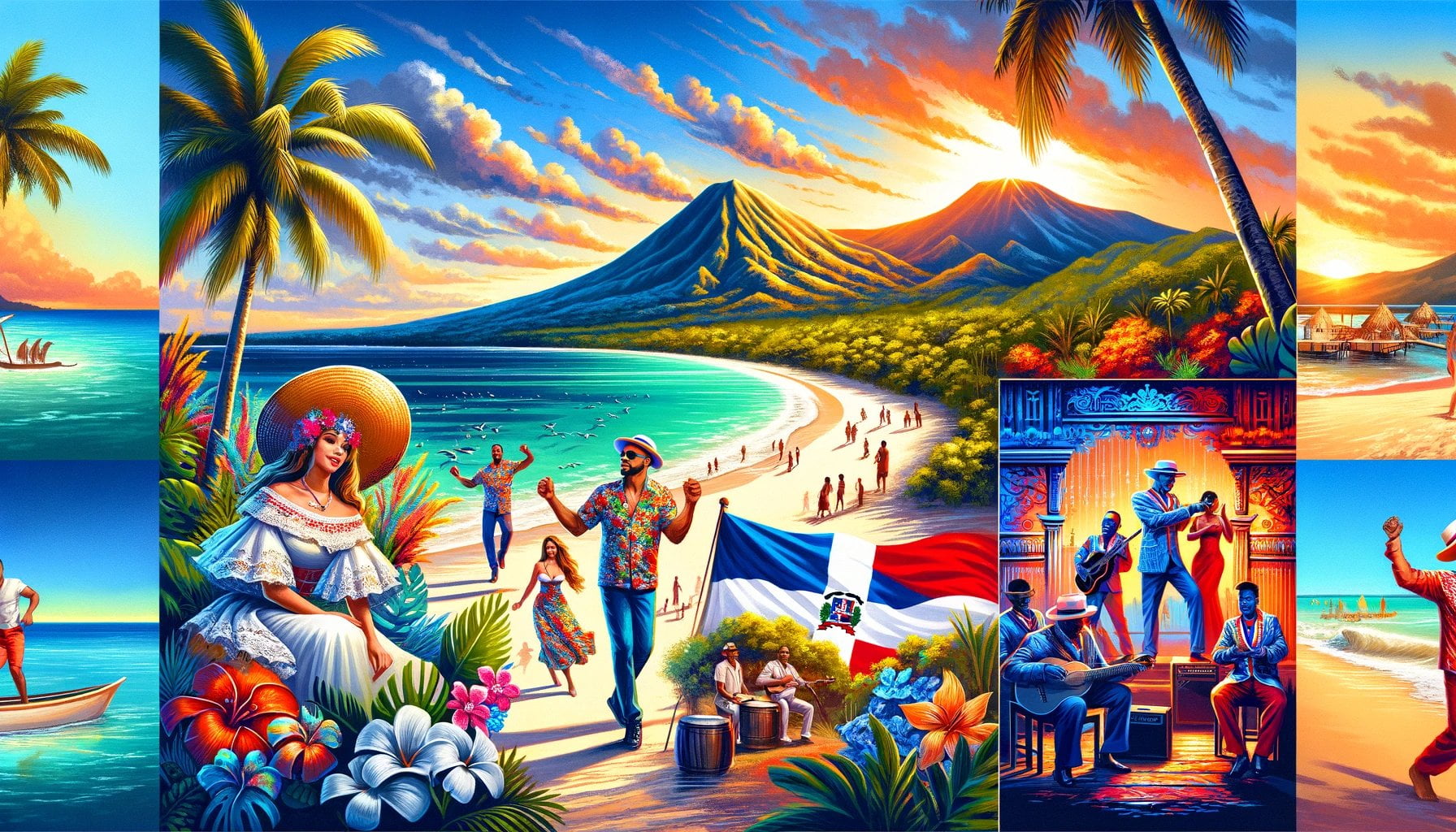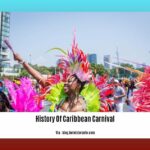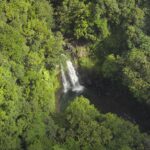Welcome to [Unveiling the Dominican Republic: 3 Fascinating Facts!], where we dive into the captivating and lesser-known aspects of this Caribbean gem. As we embark on this exploration of the Dominican Republic, get ready to discover three intriguing tidbits that showcase the rich history, vibrant culture, and breathtaking natural wonders this country has to offer. From its colonial heritage to its lively music and dance traditions, and its stunning landscapes, prepare to have your wanderlust ignited and your curiosity piqued. Join us as we uncover the hidden gems of the Dominican Republic and unlock the secrets of this enchanting destination.
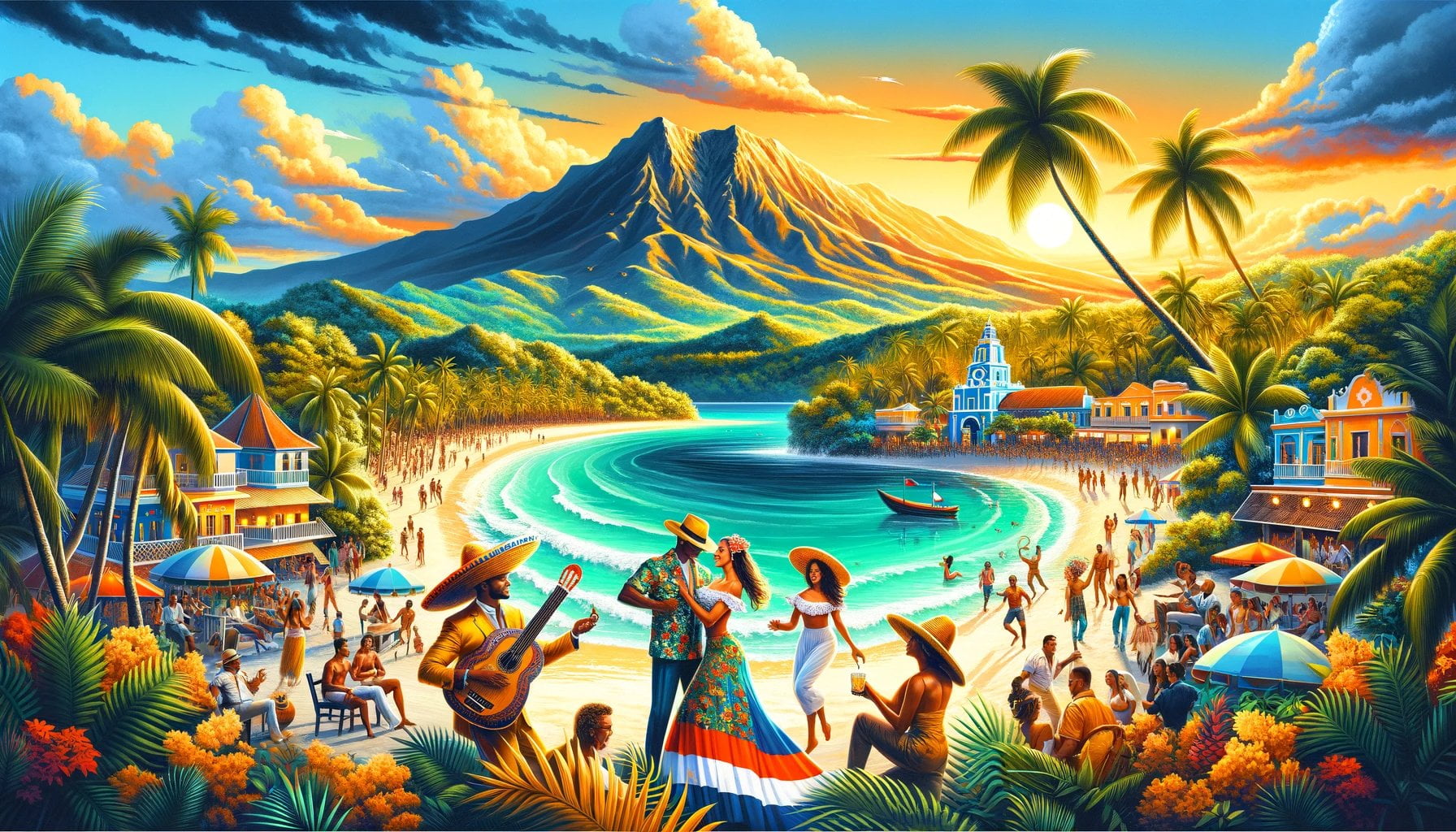
Key Takeaways:
– Baseball is the most popular sport in the Dominican Republic.
– The Dominican Republic holds a major Carnival festival in February.
– The country is one of the top 10 global producers of cocoa.
– The Dominican Republic’s national flag features an image of the Holy Bible, a symbol of the nation’s strong Christian faith.
3 Interesting Facts About the Dominican Republic
The enchanting Dominican Republic is a treasure trove of incredible experiences, rich history, vibrant culture, and breathtaking natural wonders. Let’s dive into three fascinating facts that shed light on the unique aspects of this Caribbean paradise.
1. Baseball: A National Obsession
Did you know that baseball is the most popular sport in the Dominican Republic? Imagine vibrant stadiums filled with passionate fans and the crack of the bat resonating through the air. Baseball is deeply ingrained in the hearts of the Dominican people, serving as a symbol of pride and a pathway to success. The country has produced some of the world’s finest baseball players, attracting attention and admiration from across the globe. It’s an essential part of their identity and a testament to the Dominican Republic’s love for the sport.
2. Carnival: A Colorful Celebration
The Dominican Republic knows how to celebrate in style, and the annual Carnival is a testament to that. Held each February, this vibrant festival floods the streets with exuberant energy, captivating parades, and elaborate costumes. As the beats of merengue and bachata fill the air, join the locals in dancing, singing, and reveling in the contagious joy that permeates every corner of the country. Carnival in the Dominican Republic is not just a celebration; it’s an immersive experience that brings people together in a magical display of culture and unity.
3. Cocoa: A Sweet Global Contribution
Beyond its stunning beaches and lush landscapes, the Dominican Republic holds an important position in the global market as one of the top 10 cocoa producers. The country’s favorable climate and fertile soil provide the perfect conditions for cultivating cocoa beans of exceptional quality. This economic powerhouse contributes significantly to the world’s chocolate industry, and the distinct flavor notes of Dominican cocoa make it a sought-after ingredient in gourmet chocolates worldwide. Take a trip to a local cocoa plantation, and immerse yourself in the enticing aroma and rich history of chocolate production.
With its passion for baseball, vibrant carnival celebrations, and important role in the cocoa industry, the Dominican Republic beckons with its unique blend of culture, sports, and natural wonders. No wonder it is a must-visit destination for adventure seekers, culture enthusiasts, and anyone in search of a truly unforgettable experience.
So, are you ready to embark on your Dominican adventure and uncover the many intriguing facets of this captivating Caribbean gem? Immerse yourself in the magic, indulge in the fascinating history, and let the Dominican Republic weave its enchanting spell on you.
Remember, travel is not just about visiting destinations; it’s about immersing yourself in the stories, the people, and the vibrant tapestry of cultures that make each place truly remarkable. Allow the Dominican Republic to take you on a journey that will leave you with lasting memories and a sense of awe at the beauty and diversity of our world.
Here are some fascinating facts about various topics that will surely pique your curiosity:
- Did you know that the Pentagon, the headquarters of the United States Department of Defense, has five sides representing each branch of the military? Discover more intriguing facts about the Pentagon here.
- Embark on a virtual journey to the breathtaking Dominican Republic and uncover cool facts about its vibrant culture, stunning beaches, and delicious cuisine here.
- Dive into the history of the iconic Suez Canal, a vital waterway connecting the Mediterranean Sea to the Red Sea, and explore intriguing facts about its construction and significance here.
- Get ready for an exotic adventure to Bora Bora in French Polynesia, known for its turquoise waters and luxurious resorts. Discover interesting facts about this tropical paradise here.
- Unveil the secrets of the ancient Temple of Artemis, one of the Seven Wonders of the Ancient World, and delve into its remarkable architecture and religious importance here.
- Flow along with the mystique of the River Jordan, a significant waterway steeped in religious history. Learn fascinating facts about this biblical river here.
- Suspended high above the New River Gorge in West Virginia, the New River Gorge Bridge stands as an engineering marvel. Discover awe-inspiring facts about this impressive structure here.
- Take a virtual trip to the stunning Key West, known for its vibrant culture and spectacular sunsets. Delight in these 10 fascinating facts about this charming island here.
- Immerse yourself in the diverse wilderness of Olympic National Park and uncover fun facts about its enchanting rainforests, glistening lakes, and towering mountains here.
- Explore the captivating North Central Plains of Texas, a region brimming with rich history and diverse wildlife. Learn fun facts about this fascinating area here.
Get ready to embark on an exciting journey of knowledge and exploration with these intriguing facts. Happy clicking!
The Cultural Fusion in Dominican Cuisine
The Dominican Republic is a treasure trove of vibrant culture, and one of the best ways to experience its rich heritage is through its delicious cuisine. From indigenous Taíno influences to the culinary legacies of Spanish colonization and African traditions, Dominican cuisine is a fascinating fusion of flavors and techniques. In this article, I will unveil three interesting facts about the cultural fusion in Dominican cuisine that will leave you craving a taste of this Caribbean paradise.
Fact 1: The Confluence of Indigenous, Spanish, and African Culinary Traditions
Dominican cuisine is a true reflection of the confluence of cultures that have shaped the island nation’s history. The cultural fusion in Dominican cuisine can be traced back to the indigenous Taíno people, who introduced the cultivation of tubers such as yuca, yautia, and batata. These root vegetables remain staples in Dominican cooking, forming the foundation for many traditional dishes.
With the arrival of the Spanish colonizers, new ingredients and techniques were introduced to the island. The Spanish brought Middle Eastern influences, which can be seen in the use of spices such as cumin, cinnamon, and cloves in Dominican dishes. The influence of Middle Eastern culture on Dominican food is still evident today, showcasing the lasting impact of the Moorish Invasion and Arab migration during the Spanish colonial period.
African culinary traditions strongly influenced Dominican cuisine as well. Through the transatlantic slave trade, African slaves brought their cooking techniques, including the use of plantains, okra, and various spices. These ingredients and flavors became integral to Dominican dishes, adding depth and complexity to the culinary tapestry.
Fact 2: A Diverse Array of Traditional Dominican Dishes
The cultural fusion in Dominican cuisine has given rise to a diverse array of traditional dishes that showcase the country’s culinary heritage. Let’s take a closer look at some of these mouthwatering creations:
- Catibias: These savory pastries are made with grated yuca flour and can be filled with chicken, cheese, or other delectable fillings. Catibias are a true delicacy that requires time and skill to prepare, making them a special treat.
- Sancocho: This rich stew is a staple in Dominican households and is made with various meats and root vegetables. It is often served with white rice and avocado, creating a comforting and satisfying meal. Sancocho is a perfect example of the cultural fusion in Dominican cuisine, combining indigenous ingredients with Spanish and African influences.
- Pastel en Hoja: Root crops such as yuca, guineos verdes (green bananas), and batata are boiled, filled with meat, and wrapped inside a banana leaf. This traditional dish is then cooked, resulting in a flavorful and aromatic treat that encapsulates the essence of Dominican cuisine.
Fact 3: Casabe – The Ancient Bread of the Taíno People
One fascinating aspect of the cultural fusion in Dominican cuisine is the traditional bread known as casabe. Casabe is made from cassava root and has been a staple in the Dominican Republic for centuries. It is prepared by peeling and grating cassava, then squeezing out the moisture. The resulting cassava flour is then cooked on a hot griddle, transforming it into a thin, flatbread.
Casabe is often served with soups and stews, providing a crunchy texture and subtle flavor that complements the main dish. It is a testament to the ingenuity of the Taíno people, who invented the process of making casabe long before the arrival of the Spanish.
Key Takeaways:
- Dominican cuisine is a cultural fusion of indigenous Taíno, Spanish, and African influences.
- Traditional Dominican dishes, such as catibias, sancocho, and pastel en hoja, showcase the diverse flavors and techniques in Dominican cooking.
- Casabe, a bread made from cassava root, is an ancient culinary treasure that reflects the resourcefulness of the Taíno people.
Sources:
- Dominican Republic cuisine – Wikipedia
- 27 Traditional Dominican Foods to Try + Their History & Cultural Influence
The Biodiversity of Dominican Republic’s Natural Landscapes
The Dominican Republic is not only famous for its stunning beaches and vibrant culture but also for its rich biodiversity and diverse natural landscapes. Let’s delve into three fascinating facts that highlight the unique and breathtaking aspects of the country’s natural environment.
Fact #1: Diverse Ecosystems and Natural Landmarks
The Dominican Republic boasts a remarkable array of ecosystems, including conifer forests, broad-leaved forests, dry and swamp forests, wetlands, high-elevation savannah, and sparsely vegetated areas. This diversity creates a rich tapestry of natural beauty that attracts nature enthusiasts from around the world[^1].
Additionally, the country is home to various natural landmarks and places of interest that showcase its exceptional biodiversity. The Three Eyes National Park, an underground wonderland, features interconnected caves with crystal-clear lagoons, stalactites, and stalagmites. The Cave of Wonders National Park enchants visitors with its stunning rock formations, underground rivers, and captivating wildlife. Del Este National Park, on the eastern tip of the country, offers a unique blend of ecosystems, including pristine beaches, mangrove forests, and tropical dry forests. These natural landmarks provide a glimpse into the diverse beauty and allure of the Dominican Republic[^2].
Fact #2: Enriched with Endemic Flora and Fauna
The Dominican Republic’s ecological landscape proudly preserves its rich endemic biodiversity. With over 6,000 plant species, the country provides a haven for tropical birds, land mammals, reptiles, and amphibians. From vibrant orchids to towering mahogany trees, the flora paints a colorful backdrop to the thriving wildlife population[^1].
The abundance of biodiversity in the Dominican Republic also supports over 300 bird species, making it a perfect destination for birdwatchers[^2]. The country’s lush forests and wetlands serve as natural habitats for these avian wonders, offering opportunities to observe and appreciate their vibrant plumage and melodious songs.
Fact #3: Conservation Efforts and Natural Attractions
Recognizing the importance of preserving its pristine natural landscapes, the Dominican Republic takes significant steps to protect its ecosystems and promote sustainability. Organizations like The Nature Conservancy work tirelessly to safeguard marine ecosystems, restore green infrastructure, and ensure a clean and fresh water supply for both nature and people to flourish together[^1].
The country’s commitment to conservation and the preservation of its natural wonders is evident in its numerous national parks and reserves. Samaná Bay, a picturesque locale, is renowned for its heavenly white sand beaches, crystal-clear waters, and a plethora of natural attractions. This captivating destination offers visitors the chance to immerse themselves in breathtaking scenery, witness majestic humpback whales, and indulge in a myriad of outdoor adventures[^2].
Key Takeaways:
– The Dominican Republic is home to diverse ecosystems, including conifer forests, broad-leaved forests, wetlands, and savannahs[^1].
– Natural landmarks like the Three Eyes National Park and Cave of Wonders National Park showcase the country’s unique geological formations and underground wonders[^2].
– The Dominican Republic’s rich biodiversity encompasses over 6,000 plant species and supports a wide range of tropical birds, land mammals, reptiles, and amphibians[^1].
– Conservation efforts, led by organizations like The Nature Conservancy, aim to safeguard the country’s marine ecosystems and promote sustainability[^1].
– Samaná Bay stands out as a natural treasure, offering pristine beaches, crystal-clear waters, and the opportunity to witness humpback whales and engage in outdoor adventures[^2].
Sources:
1. UNEP GRID-Geneva. “Dominican Republic | Biodiversity.” [URL]
2. Lopesan Costa Bavaro. “The Best Natural Landscapes in the Dominican Republic.” [URL]
The Influence of Merengue Music in Dominican Culture
Merengue music, a cultural treasure of the Dominican Republic, has deeply influenced the country’s society and identity. With its vibrant rhythms and infectious melodies, merengue holds immense significance and has become a symbol of national pride. Let’s delve into three fascinating facts about the influence of merengue music in Dominican culture.
1. Merengue: From Aristocratic Salons to National Music
Source:
– Finding the Caribbean rhythm: a musical guide to the Dominican Republic – Lonely Planet
Merengue’s journey to becoming the national music and dance of the Dominican Republic is intriguing. Initially introduced into the salons and parties of the aristocratic Dominican society by dictator Rafael Trujillo, merengue quickly gained popularity and transcended social barriers. This cultural phenomenon solidified merengue’s place in Dominican society and contributed to its status as a symbol of national pride.
2. Promoting Coexistence and Respect Among Social Classes
Source:
– History of Music in the Dominican Republic – Taylan Evrenler
One of the most remarkable aspects of merengue is its ability to attract people from different social classes and foster a sense of unity. The dance and music promote respect and encourage coexistence among communities, groups, and individuals. Merengue has played a significant role in bringing people together and breaking down social barriers in the Dominican Republic.
3. Merengue: A Masterpiece of UNESCO’s Cultural Heritage
Sources:
– History of Music in the Dominican Republic – Taylan Evrenler
– Music and dance of the merengue in the Dominican Republic – UNESCO
Merengue’s cultural value has been recognized on a global scale. In 2016, UNESCO declared merengue a Masterpiece of the Oral and Intangible Cultural Heritage of Humanity. This prestigious designation highlights the importance of merengue as a cultural treasure not only within the Dominican Republic but also worldwide. The rich history and unique characteristics of merengue contribute to its status as a powerful symbol of the country’s national identity and cultural heritage.
Key Takeaways:
– Merengue music became the national music and dance of the Dominican Republic after being introduced into aristocratic salons by dictator Rafael Trujillo.
– Merengue promotes coexistence and respect among different social classes, fostering unity and breaking down social barriers.
– UNESCO has recognized merengue as a Masterpiece of the Oral and Intangible Cultural Heritage of Humanity, highlighting its cultural value on a global scale.
Sources:
– Lonely Planet: Finding the Caribbean rhythm: a musical guide to the Dominican Republic
– Taylan Evrenler: History of Music in the Dominican Republic
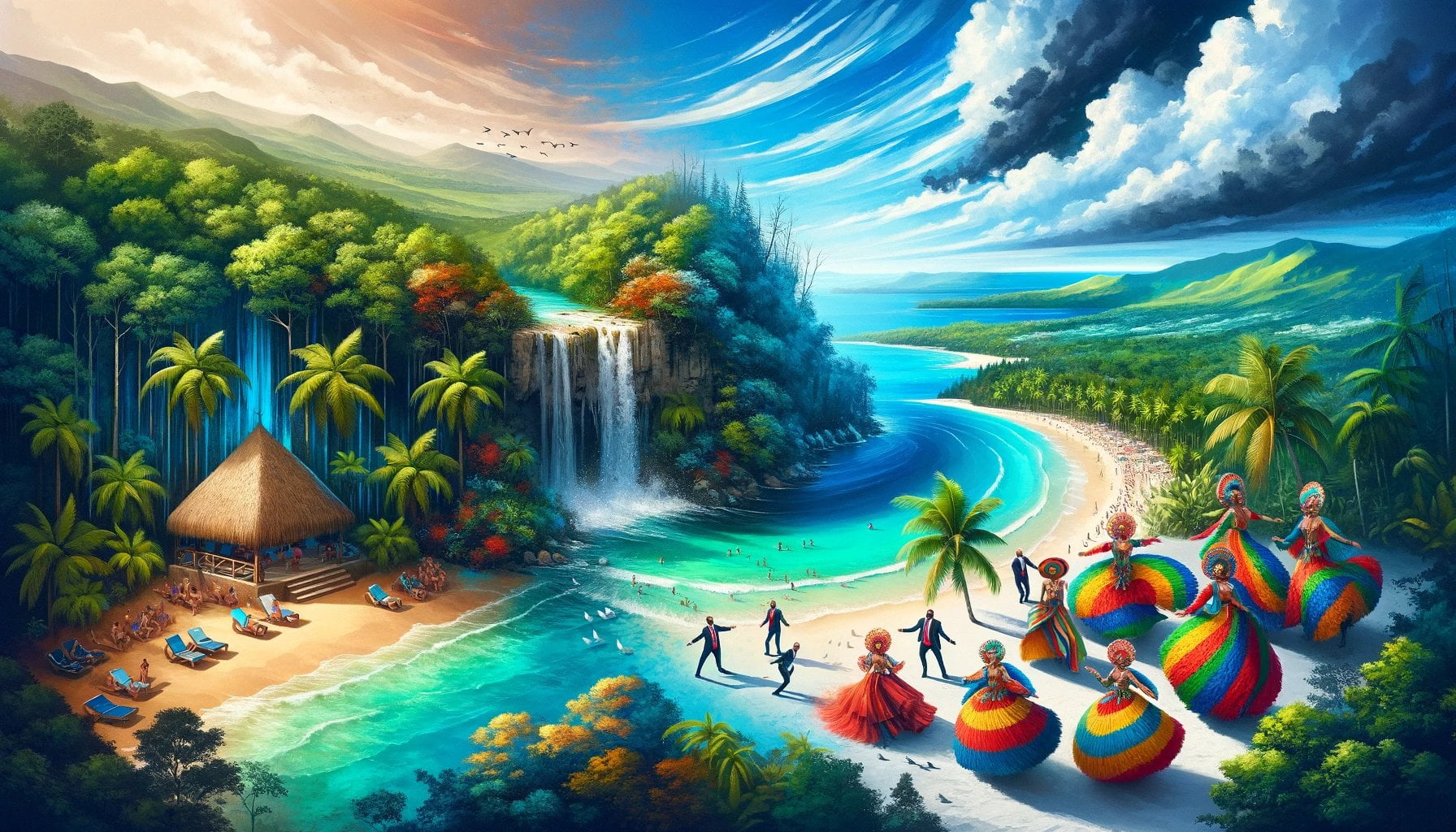
FAQ
Q1: What is the most popular sport in the Dominican Republic?
A1: The most popular sport in the Dominican Republic is baseball.
Q2: When is the Carnival festival celebrated in the Dominican Republic?
A2: The Carnival festival is celebrated in the Dominican Republic in February.
Q3: What is the significance of the Holy Bible on the national flag of the Dominican Republic?
A3: The Dominican Republic is the only country in the world to have an image of the Holy Bible on its national flag, which reflects the country’s strong Christian faith and values.
Q4: How does merengue hold cultural significance in the Dominican Republic?
A4: Merengue holds immense cultural significance in the Dominican Republic as it is the country’s national music and dance. It promotes respect, encourages coexistence among different social classes, and is recognized as a Masterpiece of the Oral and Intangible Cultural Heritage of Humanity by UNESCO.
Q5: What are some famous merengue songs?
A5: Some famous merengue songs include “Compadre Pedro Juan” by Luis Alberti, “Juliana” by Fernando Villalona, and “Suavemente” by Elvis Crespo.
- Unlocking Francis Alexander Shields’ Finance Empire: A Comprehensive Biography - July 12, 2025
- Unveiling Francis Alexander Shields: A Business Legacy - July 12, 2025
- Francis Alexander Shields’ Business Career: A Comprehensive Overview - July 12, 2025
